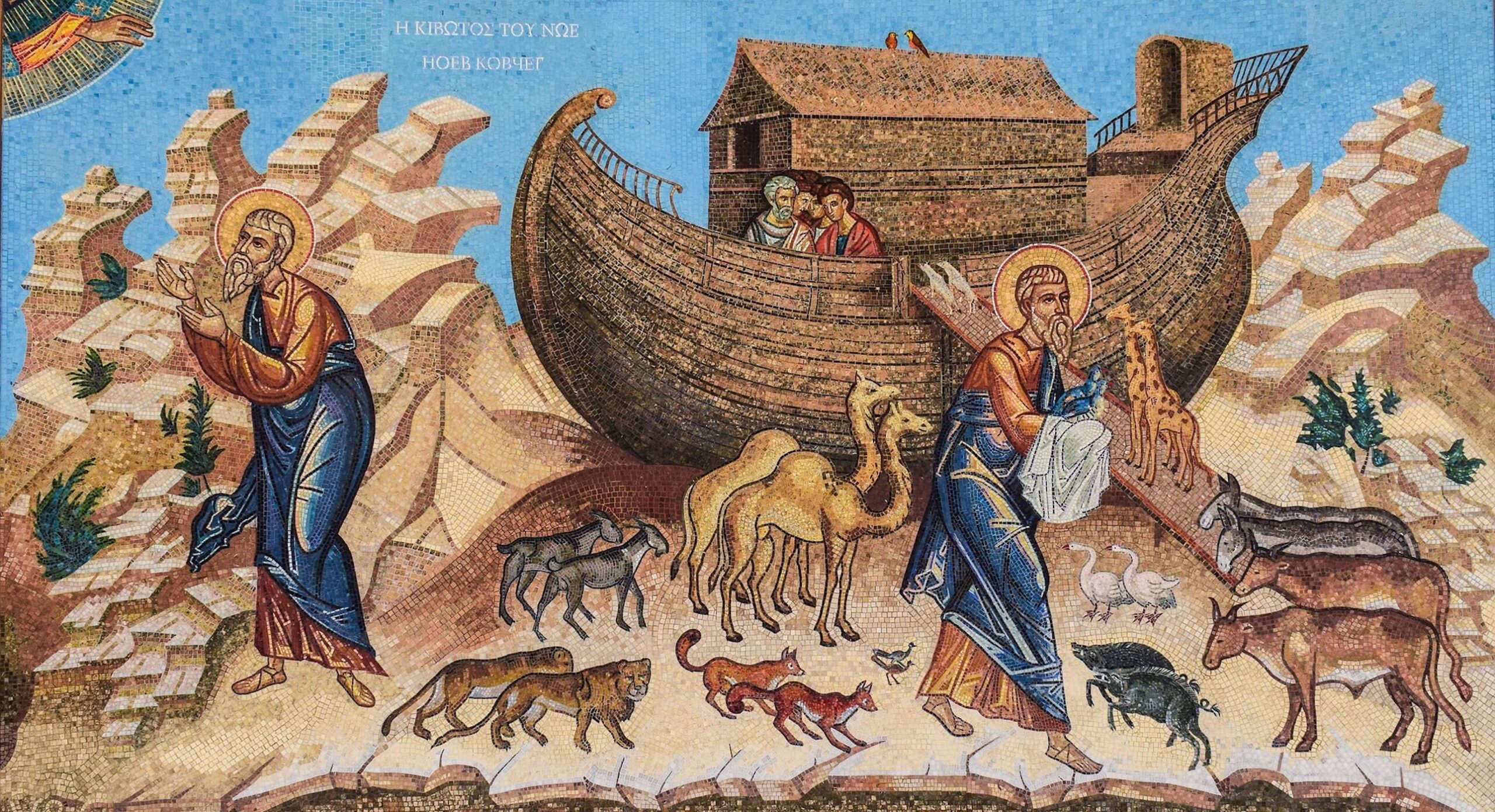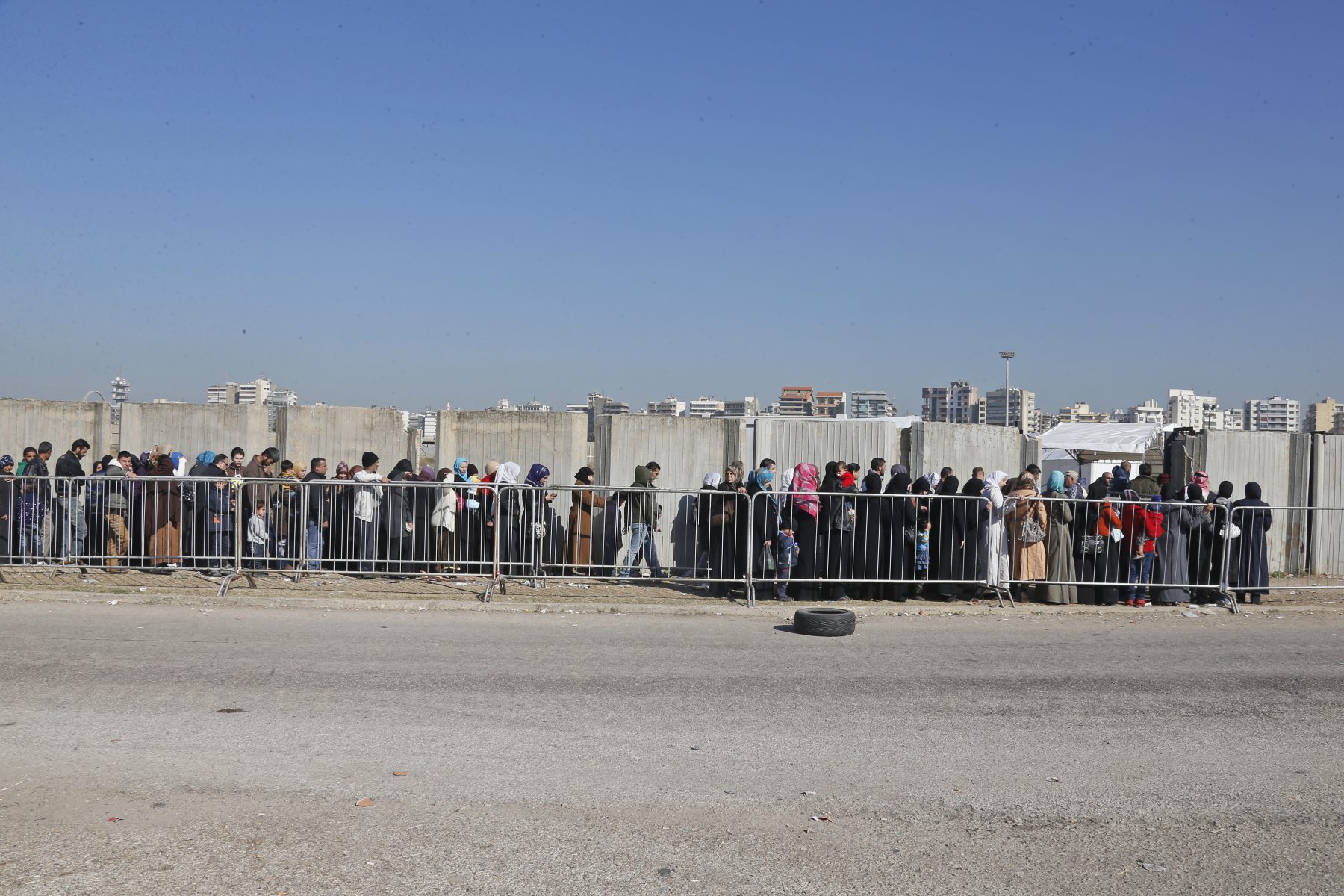The sixteenth Annual Meeting of the Integrated Assessment Modeling Consortium (IAMC), organized by the CMCC, took place in Venice in mid November 2023. Bringing together the world’s top experts in integrated assessment of climate models, the IAMC is the network that provides the IPCC with the tools required to create future scenarios and climate predictions which are then crucial towards developing climate policies.
The scenarios produced by research institutes affiliated with IAMC have provided fundamental scenarios and analyses to the IPCC and individual countries to help them define technological, economic, and social strategies compatible with international climate agreements. For example, the concept and strategies of Net-Zero were defined by scenarios produced by models belonging to IAMC, including CMCC models. The IAMC has helped coordinate the work of these modeling groups and communicate their results to decision makers.
Professor John Weyant of Stanford University talks us through the evolution of Integrated Assessment Models (IAM) – complex models that focus on the interaction between the economy, society, and the environment to provide relevant information for public policies – from a national, regional, and global perspective.
As data on economic and social issues continues to increase, Weyant addresses how IAMs can be enhanced to further address the needs of decision makers.
“Now that we have more and more data available [we need to] augment or incorporate those kinds of things into the IAMs. Whether or not we keep up with the needs of policymakers will be determined by how much they trust the results from the models and how relevant they are to their needs.”
In what ways does the IAMC contribute to the current panorama of climate related research?
As mentioned here at the sixteenth Annual Meeting, IAMC’s work is viewed as quite relevant. We had the newly elected chairman of the IPCC, Jim Skea, talking remotely and he said that in the IPCC’s last cycle IAMs had really come into their own and helped shape the debate within the IPCC and climate negotiations more than ever before.
In the last round of the IPCC, a lot of the public and climate debate, and the negotiating sessions saw IAMs being frequently viewed as necessary for obtaining more relevant information about alternative courses of action. A lot of the substance here at this meeting has been on ways that models could be enhanced and improved to look more clearly at things that are now recognized as being important, like equity amongst regions, amongst income groups, among ethnic groups and so forth.
Our work is viewed as very important and part of the message that speakers at the event delivered was a desire for this to continue into the next cycle. Kate Calvin, who is a newly elected Working Group III co-chair and long time participant in IAMC activities, joined Skea in saying that they look forward to working with IAMC to make sure that the tools are used and that they are as useful as possible for decision makers.
What has the evolution of IAMs been?
When I started doing model comparison projects, believe it or not, there was no internet, very poor data processing and graphics capability. I used to draw tables by hand for people to fill in with data. I would usually hire an undergraduate student to key the data into a particular format. Then, I would have to rent out a verse attack plotter for 1,000 USD an hour to actually draw the plots. Now we have people queuing up these model comparisons and running them in the background on their laptops at virtually no marginal cost. So that makes me more optimistic.
All the way back at the beginning of my career we would do model comparisons mostly on U.S. domestic issues: oil, gas, coal, electricity, energy efficiency and what not. And then, in an interesting progression, in the 80s, I was also doing energy modeling for global energy markets.
There were a few global energy markets that had oil, gas and coal and some of those led to the development of the first IAMs because you have global energy, which is a big source of greenhouse gas emissions, and if you put constraints on greenhouse gas emissions and look at how they affect the cost of running the energy system, that turns out to be useful information.
And then, over the years, many of the groups added simple climate models and the carbon cycle, which takes those emissions and turns them into concentrations, which leads to forcing, which leads to temperature change and so on. We performed studies on emission limits, concentration limits, temperature limits and started working on the allocation of responsibilities for reducing emissions, the so-called burden sharing across nations.
Then the model comparison business really went from being, before the turn of the century, mostly USA-based, to being found in major European institutions such as the CMCC, the International Institute for Applied Systems Analysis (IIASA), PBL Netherlands Environmental Assessment Agency, the Potsdam Institute for Climate Impact Research (PIK) and so on.
How has the way we use IAMs changed?
Early this century the work was all about long term sustainability and looking at the discontinuities in the underlying physical systems. However, the aspect that really gets the headlines now is extreme weather events: hurricanes, floods, droughts, wind storms, etc. These events catch the attention of the public who then express their concerns to their government representatives.
I was interviewed about climate impact assessment by a congressional committee that was in charge of budget priorities in the USA. All members of the committee across both political parties were concerned about extreme climate events in their districts. There was extreme flooding and Hurricane Sandy in New York, the deep freeze in Texas, there was wildfire and wildfire smoke in California, etc…
Concern about extreme events kept IAM funding up during the Trump administration because there was broad-based support in Congress and the President’s budget was so far below the level that either the House of Representatives or Senate were comfortable with.
Have IAMs improved in recent years?
There has been a pretty rapid refinement of the models in the last few years. One way is in the requisite disaggregation in space and time to be more directly tied to climate impacts and equity concerns on the ground in particular regions, especially around extreme events as opposed to slowly changing systems.
A lot of the talks here have been on the various ways to augment or incorporate those kinds of factors into the IAMs. Whether or not we keep up with the needs of policymakers will be determined by how much they like the models and how relevant they are. This is part of the challenge.
What new parameters are being included in IAMs and are there technological innovations that are helping address new challenges?
A lot of the improvements have been about disaggregating in space and time. The next step is addressing the complexity necessary to understand the physics at the level where the physical processes and the economic processes actually occur and interact.
To be fair to the modelers, historically, part of the problem with not looking at things like income distribution or ethnicity was that the data was not available. But now we have more and more data available. The biggest impact of machine learning and AI has not been providing an alternative to the way the models work, but in rapidly developing new data sources.
For example, we have a big Stanford project that takes satellite pictures of rooftops and uses image processing to figure out where and how many solar panels have been installed. This led to a much more precise understanding of the square footage of solar cells in the study region.
The other thing that the models need, for them to improve, is the dynamics of the physical and socio economic processes. The birth of behavioral economics led to a revelation: a useful way to make behavior change quickly is what’s called behavioral nudges. So, you need to either communicate in a way that people can understand better or demonstrate that not only might certain changes work conceptually, but that they pay off.
The behavioral aspect is tricky to bring into the models, but possible. We need to bring the socio economic side, and parametrise the changes in behavior into the levels of demands for energy services included in the models.
What improvements can we make in the way we construct IAMs?
We now do a better job characterizing model parameter uncertainty, but not as much on the external inputs. For example, most of the mitigation model comparison studies haven’t really looked at enough of a variation in oil and gas prices; even though we’ve lived through oil and gas prices going up and down about every five years or so – and that’s important. I wish we had done more of that before the war in Ukraine because prices went up and we were publishing studies at that time that had the pre-war levels.
This type of Annual Meeting is good because you get to see people in person and, if you walk around the breaks and the meals and social events, there’s a lot of talk about projects that are in progress, under development and even new proposals arise.
What future changes do you predict?
I also think that bringing in finance people with deep expertise, in both macro- and micro-finance, alongside experts in macro econometric and trade analyses, is going to be very important.
Part of this is driven by the way we’re doing climate policy. We’re providing subsidies and tax breaks to individual consumers, individual regions, and corporations to invest in renewable energy or electric vehicles, and for R&D activities necessary to set the stage for lower levels of investment in new technologies.
A lot of this is driven by a demand for that kind of information, but if you look at the actual templates for reporting, the IAM’s work is largely focused on energy, decomposition, reconciliation, and on accounting for carbon and other greenhouse gasses. People who run those models have been hesitant to include too much economics. But, I think that this is going to change rapidly because, if you go to a decision maker and say, we can get to the target you want with the policies you want using a technology pathways model, that’s a good cross-check. But, if the economic incentives are not there, for example, if a program you start immediately leads to a huge increase in the price of energy, you immediately feel political pain from that.
In this sense it is important to remember that climate negotiators are important, but not the only determinant of what individual countries can do. We were not involving the economic and finance advisers, and the people responsible for treasury and financial stability. However, this is changing and there were a lot of these people here at the Annual Meeting event.
Overall, I think there is a realization that if you ignore our climate too much, many other earth systems – e.g. water, food, pollution of air, water and land – get much harder to manage sustainably.
John P. Weyant is Professor of Management Science and Engineering and Energy Science And Engineering, and Director of the Energy Modeling Forum (EMF) at Stanford University. He is also a Senior Fellow of the Precourt Institute for Energy and an affiliated faculty member of the Stanford School of Earth, Environment and Energy Sciences, the Woods Institute for the Environment, and the Freeman-Spogli Institute for International Studies at Stanford.
Weyant was a founder and serves as chairman of the Integrated Assessment Modeling Consortium (IAMC), a seventeen-year old collaboration among over 80 member institutions from around the world. He has been an active adviser to the United Nations, the European Commission, the U.S. Department of Energy, the U.S. Department of State, and the Environmental Protection Agency.






